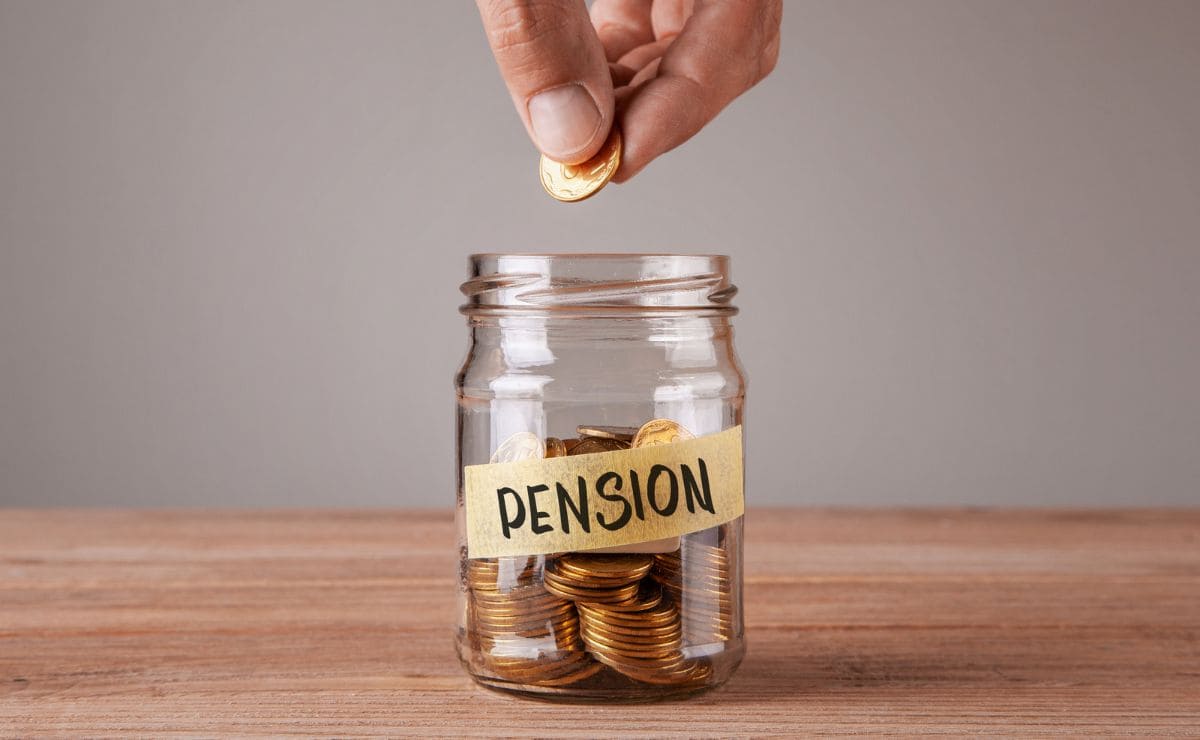Establishing a savings habit in United States citizens, especially younger ones, is critical to their future. Even if you can only allocate $10 to $20 a month to your savings, getting started with this discipline will help you in the future, even in retirement. Also, this is the best time to start contributing to your retirement plan. “Money you can put to work now, tax-free, has decades of compounding effect.” If you include contributions to the 401K plan and other savings accounts, it stipulates that most people this age should have between $16,000 and $20,000 in savings.
But when you grow up and want to start a family, which is usually in your 30s, you should have more money saved. According to the latest data, before you blow out the candles on your 30th birthday, you should have three to six months of expenses in an emergency fund, plus a year’s salary in retirement savings. Your emergency fund should be in cash in an account that you can access in case you become unemployed. Having this money also helps you make smart career decisions because you won’t have to rely 100 percent on Social Security benefits.
Considering that after age 30 you have at least another 35 years of work left, your retirement account should continue to receive income: “Try to save the equivalent of one year of your salary in your 401(k) or IRA by the time you turn 30; this will provide you with decades of compound interest.

At a minimum, you should meet the minimum contribution to receive your company’s full contribution. For example, if your company contributes an additional 3 percent when you contribute 6 percent of your salary to your 401(k), you’ll be making a total contribution of 9 percent. To get to this point, start by setting the largest contribution you can afford, and then set a 1 percent contribution increase for 3 months in the future, and another 3 months after that, and so on. “If you increase your contributions by 1 percent every three months, you can gradually increase your contribution without feeling the pinch all at once.”
Diversify your retirement savings at age 60 and beyond
After a lifetime of saving for retirement, once you turn 60 you should diversify your savings. “The most important thing to remember is that you don’t stop investing when you retire. You’ll still want to keep some of your money in long-term investments, such as stocks, so it will continue to grow even after you’ve stopped saving.”
And if you’ve been aggressive with your investments before, now is the time to start moving some funds (between one and three years of retirement expenses) into more stable investments, such as bonds and certificates of deposit, to make sure you don’t lose the money you’ve so diligently saved. “This money will be there for you when you retire, even if the market takes a downturn at the wrong time.”
It’s also recommended to have some of your retirement in medium-term investments so it can grow over the next few years, as well as some money tucked away in long-term investments. This gives you the time you need to weather market fluctuations and still take advantage of the power of compound interest that a long term offers investors. “You won’t touch this money until you’ve been retired for at least 15 or more years, so you still have the time horizon to let this money grow.”